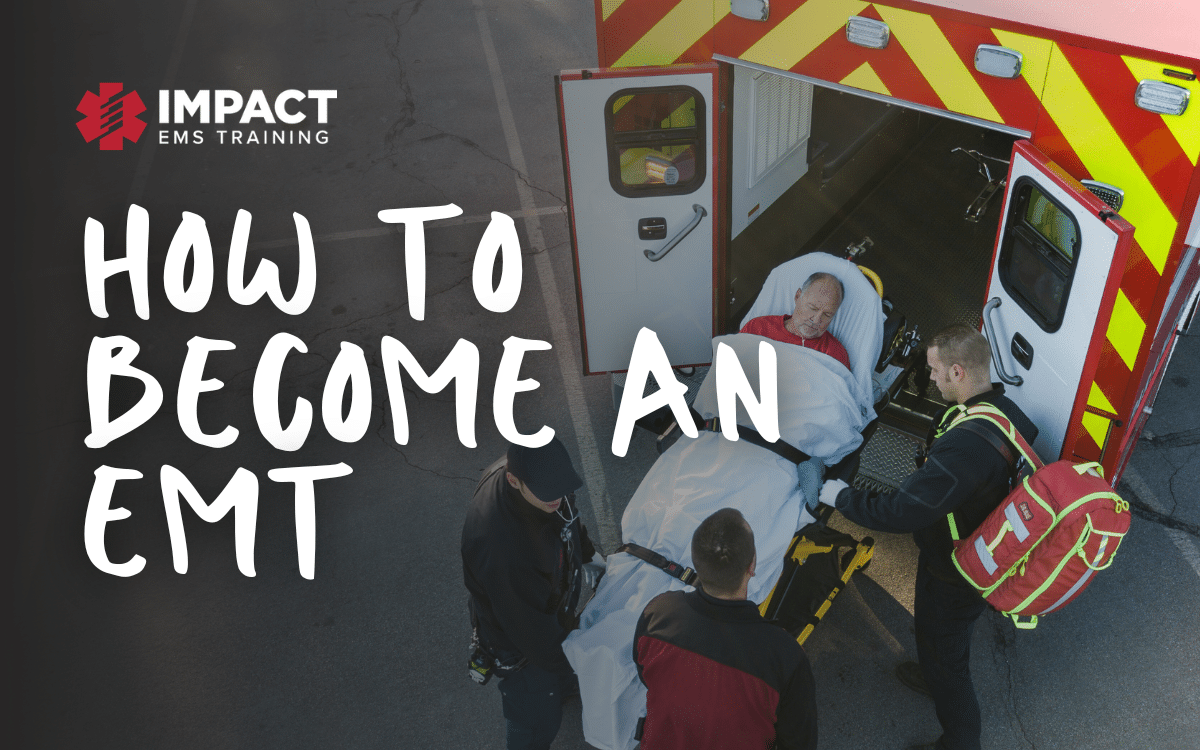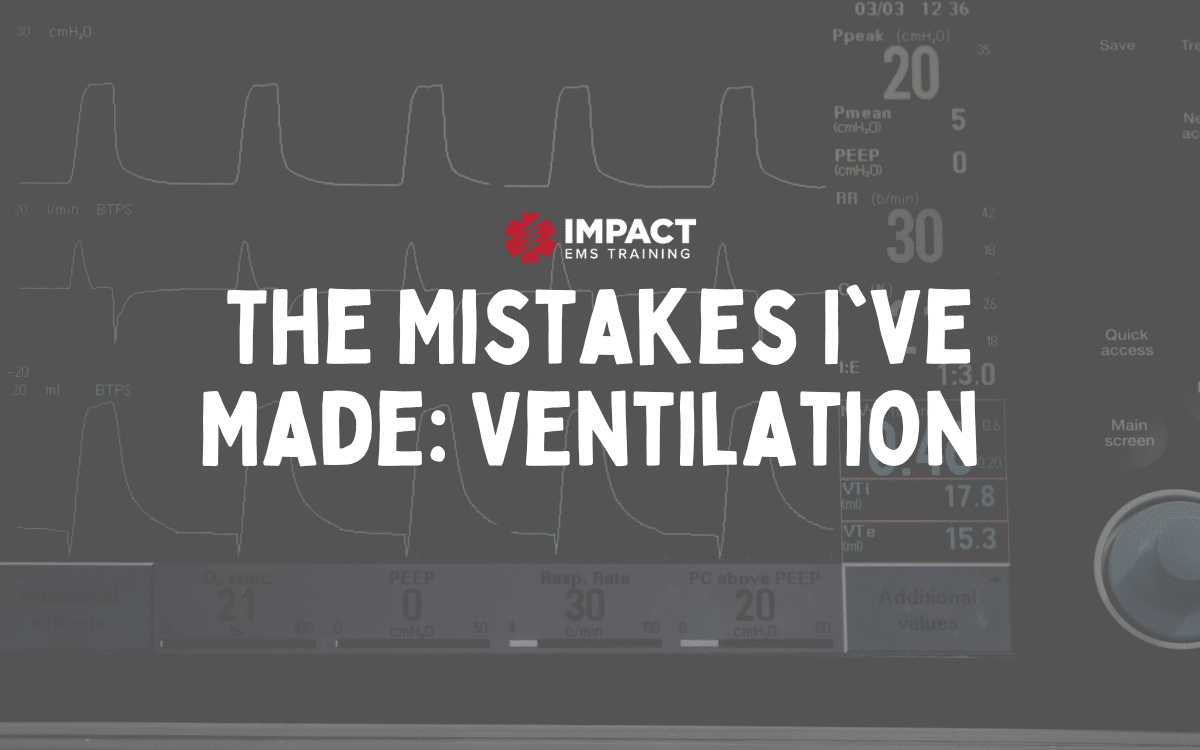Many times as healthcare professionals, we get wrapped up in the complicated concepts of emergency medicine and critical care. It’s important to frequently train on the fundamentals and stay up to date on the latest evidence-based practice, or else you could find yourself on a seemingly simple patient assignment and you’ve forgotten how to appropriately treat the basics. In this four-part series, I’m throwing it back to the basics reviewing the different categories of shock; hypovolemic, distributive, obstructive, and cardiogenic.
What is Hypovolemic Shock?
Hypovolemic shock is the loss of intravascular circulating volume from fluid loss or blood loss. Simply put, either by trauma, GI bleed, extreme dehydration, or whatever the case may be, the fluid volume in the body is not compatible with life in hypovolemic shock.
The Classifications
When looking at blood loss specifically, there are four classes of hypovolemic shock, each correlating with a percentage of blood loss (1). The four classes of shock are as follows:
Class 1: <15%
Class 2: 15-30%
Class 3: 30-40%
Class 4: >40%
Pathophysiology
As the amount of fluid that is lost increases, we should expect the patient’s heart rate to increase and the blood pressure to decrease. A narrow pulse pressure in a hypovolemic shock patient indicates a decreasing cardiac output and increasing vascular resistance. The decreasing venous volume from the blood loss and the sympathetic nervous system attempt to increase or maintain the falling blood pressure through vasoconstriction, yielding tachycardia (2). This is why the heart rate is so fast.
Treatment and Management
Fluid Resuscitation
So how are you going to manage your patient in hypovolemic shock? After assessing the ABC’s and treating the immediate life threats, the next step is to identify the underlying cause. How to treat a patient’s hypovolemic shock is going to depend largely on the pathophysiology. Let’s talk about fluid resuscitation. For blood loss, the loss of red blood cells diminishes oxygen-carrying capacity. The body increases cardiac output to maintain oxygen delivery and increase oxygen extraction. Isotonic solutions like 0.9% saline and LR (lactated ringers) are appropriate for fluid resuscitation to restore blood loss. Packed red blood cells can also be given if your facility or program has the capability. With that being said, large volume crystalloid resuscitation can cause abdominal compartment syndrome, gastrointestinal complications, and cardiac complications, so transportation to a facility that can monitor these patients more closely is important (6). Hypotonic solutions like 5% dextrose in water and 0.45% saline should be used in situations where hypovolemia is not related to blood loss, but rather fluid loss as it relates to cell dehydration, such as in cases of DKA or HHNK (3).
Pharmacological Interventions
Though vasopressors are generally contraindicated in early management of hypovolemic shock, vasopressors are indicated when the patient’s blood pressure can’t be maintained by fluid resuscitation alone. The decision to initiate vasopressor therapy is debatable, but many facilities opt to do so if the blood pressure is less than 80mmHg systolic (4). Starting a patient who is in hypovolemic shock on vasopressor therapy may help in restoring hemodynamic parameters to a normal state, as well as preventing organ and tissue hypoxia.
Case Scenario: Real-World Application
Scenario
As always, I will provide a case scenario to tie the entire concept together for real-world applications.
Your crew is dispatched to the scene of a roll-over car accident with patient entrapment. The fire department has already begun extricating the patient and your ETA to the landing zone is 4 minutes. Your patient is a 32-year-old female and she was the non-restrained driver of the small sedan. The incident commander gives you a brief report upon arrival. You note severe front damage and drivers-side intrusion to the vehicle.
Once in the helicopter, initial assessment and vital signs are as follows; Patient is conscious and breathing, GCS 15, blood pressure 102/68, heart rate 128, SPO2 99% on room air, respirations are 22. The patient complains of head pain and abdominal pain. Upon assessment, you note small, superficial facial lacerations and her abdomen is bruised and distended.
Five minutes have elapsed and the patient is now only responsive to painful stimuli, vital signs are now; blood pressure 72/40, heart rate 150, SPO2 92% and respirations are 32.
Apply Your Knowledge
What do you think is happening with this patient physiologically? What potential injuries do you suspect? How are you going to treat this patient?
Abdominal distention can indicate a traumatic abdominal injury. The patient likely has an abdominal bleed or abdominal organ laceration (remember the damage to the vehicle likely caused this and she was also unrestrained). The second set of vital signs also indicate internal bleeding as her blood pressure is decreasing, heart rate is rising, and she is becoming unresponsive. Since she is likely bleeding internally, fluid resuscitation is key. With patients in hypovolemic shock secondary to blood loss, the early use of blood products over LR or 0.9% saline yields better outcomes (5), so transportation to a facility with access to blood administration should be prioritized for patients in hypovolemic shock.
Prehospital management of hypovolemic shock can be dicey, especially when you don’t have the tools of a hospital to completely diagnose your patient. Knowing the basics of shock and how to treat it will benefit your patient until you are able to transport them to definitive care. For part two of this series, we will discuss the components of distributive shock, the subcategories, and how to treat it.
Sources:
1. Mutschler, M., Paffrath, T., Wolfl, C., Schipper, I. B., Bouillon, B., & Maegele, M. (2014, October 1). The ATLS classification of hypovolemic shock: A well established teaching tool on the edge? Injuryjournal.Com. https://www.injuryjournal.com/…
2. Mistovich, MEd, NRP, J. (2016, January 18). Blood pressure assessment in the hypovolemic shock patient. Ems1.Com. https://www.ems1.com/ems-products/ambulance-disposable-supplies/articles/blood-pressure-assessment-in-the-hypovolemic-shock-patient-XO297tdQwsnwrVD7/
3. Procter, MD, L. (2019, September). Intravenous Fluid Resuscitation. Merckmanuals.Com. https://www.merckmanuals.com/professional/critical-care-medicine/shock-and-fluid-resuscitation/intravenous-fluid-resuscitation
4. Gupta, B., Garg, N., & Ramachandran, R. (2017, January). Vasopressors: Do they have any role in hemorrhagic shock?Ncbi.Nlm.Nih.Gov. https://www.ncbi.nlm.nih.gov/pmc/articles/PMC5374828/
5. Taghavi, S., & Askari, R. (2020, June 24). Hypovolemic Shock. Ncbi.Nlm.Nih.Org. https://www.ncbi.nlm.nih.gov/books/NBK513297/
6. Chatrath, V., Khetarpal, R., & Ahuja, J. (2015, July). Fluid management in patients with trauma: Restrictive versus liberal approach. Ncbi.Nlm.Nih.Gov. https://www.ncbi.nlm.nih.gov/pmc/articles/PMC4541175/
7. Peer reviewed by Emilee M. Evans, RN, NREMT-B
Impact EMS offers accredited certification and refresher courses in one trusted location. Fully prepare for certification exams and maintain licensure with skill building credits.






